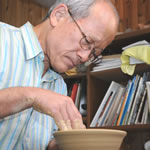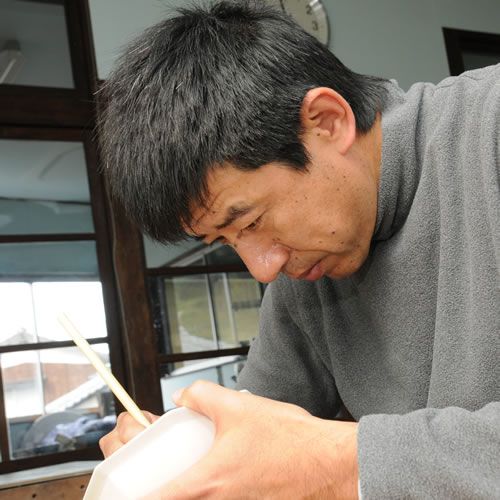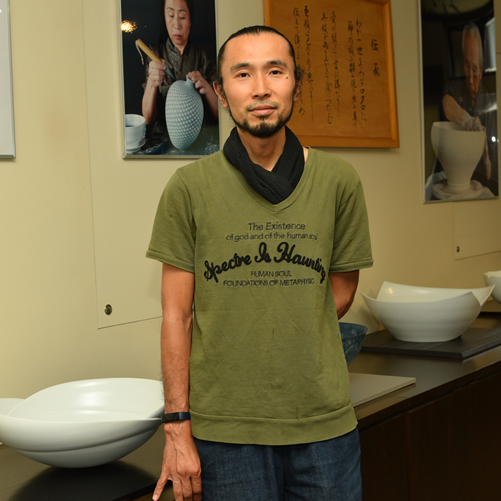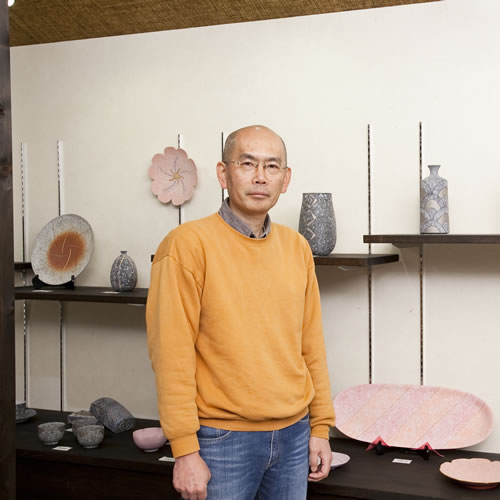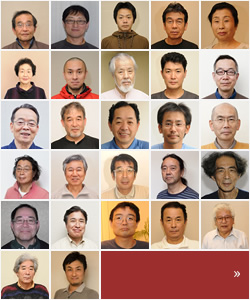Kyoto Ware
Various beautiful patterns and unique character made in Kyoto prefecture
Kyoto Ware is the ceramics to be produced at kilns in Kyoto. Especially, Kiyomizu Ware is well-known, yet it is just one of various kinds of Kyoto Ware: Awataguchi Ware, Otoba Ware, Kurotani Ware, Omuro Ware, Yasaka Ware and Momoyama Ware.
It has a history of 1,200 years. At the Nara era, a monk, Gyoki built his kiln at the Seikan Temple (Higashiyama-ku in Kyoto prefecture) and produced unglazed earthenware. It became famous as “Chawanzaka”.
Before the Muromachi era, potters, from China and Korea, developed their own techniques and affected Japanese potters. Later, some of them moved to Kyoto, the center of Japanese culture, and founded their original styles of Kyoto Ware. That is why Kyoto Ware has a wide range of ceramics with the expression of regional characteristics, such as Seto, Mino, Shigaraki, Kokutani, and Koimari. It is said Kyoto Ware is deep, for it shows the mixture of the diversified ceramic essence. Needless to say, Kyoto Ware is the pride of Japanese tradition.
NONOMURA, Ninsei is the essential person in the history of Kyoto Ware and Kiyomizu Ware. After he moved from Tanba to Kyoto, he produced tea utensils and mastered the secret technique for brocade hands. It is gorgeous and elegant overglaze enamels on pottery recognized as the finest technique. Also, OGATA, Kenzan was trained directly by Ninsei.
By the end of the Edo era, because of the influence of the Chinese paintings, there were some predominant artists in the Nanga Style Paintings, such as Taiga and Gyokudo who played important roles in the emergence of two tastes in Kyoto and Kiyomizu Ware. One taste is overglaze enamels on the potter. The other is porcelain added Chinese features by Eisen.
Kyoto Ware prospered with some prominent famous ceramic artists, such as "AOKI, Mokubei" "NINAMI, Dohachi", and "EIRAKU, Hozen". They inherited as the unique style of Kyoto Ware. There are many shaping techniques: hand shaping, potter’s wheel, plaster mold method of embossing, and fluid technique. Although artists used their traditional climbing kilns for the firing, they have switched over to the electricity or the gas. Kyoto Ware has spread out from the center of Kyoto to regions around Kyoto. As a result, the new style of Kyoto Ware has appeared these days.

